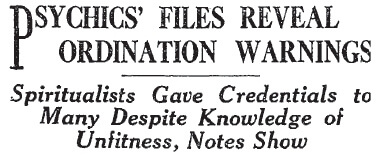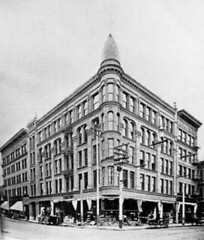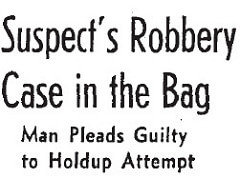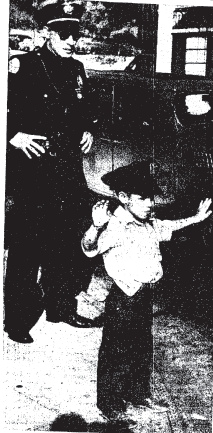July 10, 1917
A resident of Bunker Hill was arrested today as part of a secret indictment issued by the Federal grand jury in San Francisco. Ladel P. Varna, aka L. Percy Ram Chandra of 318 S. Flower Street was charged with violating the President’s neutrality proclamation. He was suspected of being involved in the recent Annie Larsen affair, part of a "wholesale plot to assist the Hindus in an effort to throw off the British yoke."
The affair, and the trial that followed is too hopelessly confusing to relate here in any detail, but involved "German spies," the Irish Republican Brotherhood, and India’s Ghadar Party. The Annie Larsen, a barely seaworthy vessel, was loaded up with approximately 4 million round of ammunition, 3758 cases of small arms ammunition, 10,000 Springfield rifles, 10,000 bayonets, and 10,000 cartridge belts, and sent out to rendezvous with the Maverick, and transfer the cargo to the larger ship, which would then head for Southeast Asia.
But back to Bunker Hill for now…
A graduate of Delhi University, Varna had lived in the United States for about four years at the time of his arrest. When he arrived in San Francisco, he operated a fruit stand that did enough business to allow him to save up his money and purchase some real estate around Berkeley. Then, two and a half years ago, Varna moved to Los Angeles and took a job in a cafeteria on Fourth Street. He lived in a room at 318 S. Flower with four other men, and spoke perfect English
Of the charges brought against him, Varna said, "I know nothing about it except as the complain was read to me. It is all like a dream to me. I was in no conspiracy to violate the laws of this country and can bring witnesses to show what I have been doing ever since I landed. I have saved some money, but do not like to spend it on a lawyer. I won’t hire an attorney."
Varna had recently registered for military service, and said that he was wiling to go to war for the United States if he was called.



 The NISA headquarters were located in the Lankershim Building at 3rd and Spring, and many of those arrested lived right on Bunker Hill.
The NISA headquarters were located in the Lankershim Building at 3rd and Spring, and many of those arrested lived right on Bunker Hill.
 15-year-old Susie Miller was a pretty brunette with a vivacious disposition who loved to play the violin. She also loved Willie Miller, a 15-year-old butcher’s apprentice, and he loved her — the two were already talking about marriage. But Susie’s parents, Mr. and Mrs. Samuel Miller disapproved of the match so strongly that they uprooted the family from their home in San Francisco and moved to Los Angeles in the hopes of squashing the love affair.
15-year-old Susie Miller was a pretty brunette with a vivacious disposition who loved to play the violin. She also loved Willie Miller, a 15-year-old butcher’s apprentice, and he loved her — the two were already talking about marriage. But Susie’s parents, Mr. and Mrs. Samuel Miller disapproved of the match so strongly that they uprooted the family from their home in San Francisco and moved to Los Angeles in the hopes of squashing the love affair.

 A building permit for a 3-story brick lodging house that would become the Saratoga Hotel was issued to W.W. Paden and Louis Nordlinger in the summer of 1914. A year later, the hotel was offered for sale, exchange, or lease, offering "long lease, good furniture, and cheap rent."
A building permit for a 3-story brick lodging house that would become the Saratoga Hotel was issued to W.W. Paden and Louis Nordlinger in the summer of 1914. A year later, the hotel was offered for sale, exchange, or lease, offering "long lease, good furniture, and cheap rent."


 More than anything, 5-year-old Ronnie Bell wanted to be a police officer when he grew up.
More than anything, 5-year-old Ronnie Bell wanted to be a police officer when he grew up.